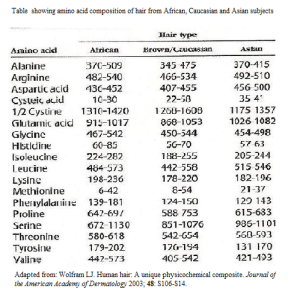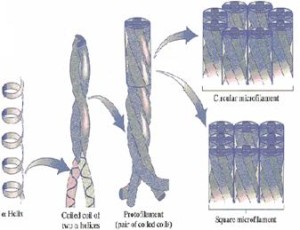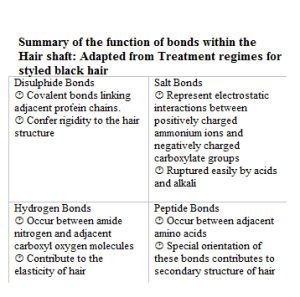Is your product truly organic? Lately the buzz words in the cosmetic field are “organic” and “natural”. The focus on such terms stem from the food industry. The discerning customer has become more insistent on the quality of the ingredients used in his/her hair products. The internet is inundated with articles discussing all things good, bad and terrible about particular ingredients such as mineral oil, sodium lauryl sulphate, formaldehyde and parabens. And judging from the mystery ingredients used in the food industry in certain countries, it is understandable why customers have become quite suspicious of the cosmetics they have been using.
So what does an organic or natural label mean? To be honest, not much. There is no formal definition of these terms in the cosmetic industry and little legal protection of the terms especially in the United States (except California). Europe has a slightly better track record with respect to standards set for these terms. Asia seems to follow the European standards. There is no worldwide consensus on what the actual definitions of these terms mean. There are however, private standards allowed but those vary widely.
Customers think they are getting the best but unless the company is truly committed to their beliefs, they may be purchasing mere gimmickry and no true substance. Indeed, some would be considered more “naturally inspired” and have lots of chemical modifications of natural ingredients. Are those products really worth the price that the company is asking for?
So what does that mean for you? You will probably have to rely on the track record of the company. However, standards are becoming more regulated, so hopefully in the near future when a company states that the product is “natural” or “organic”, it had met the minimum standard for which it can receive that label.







